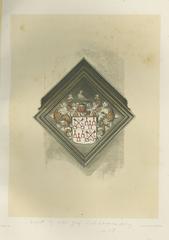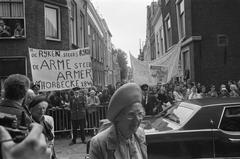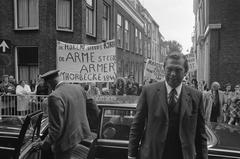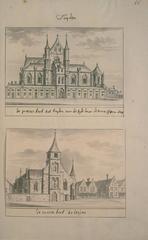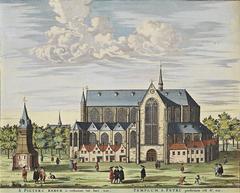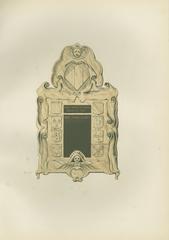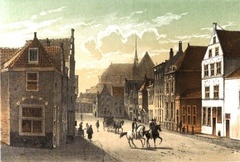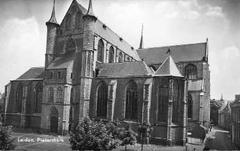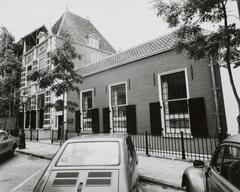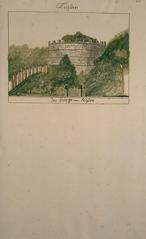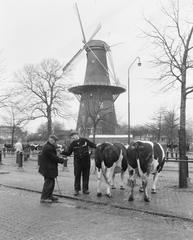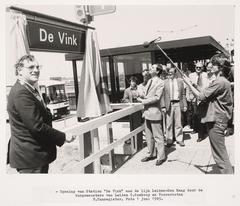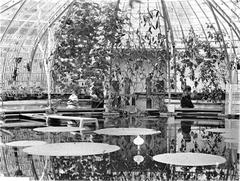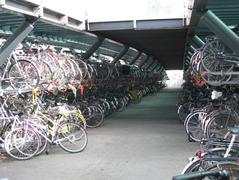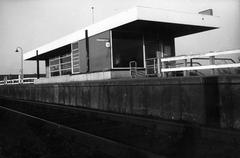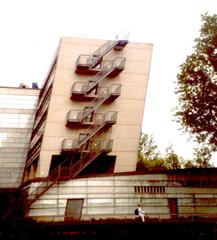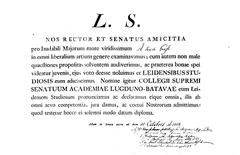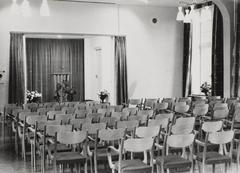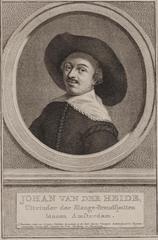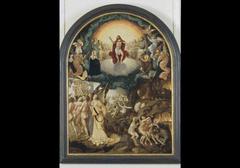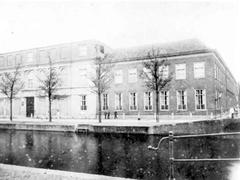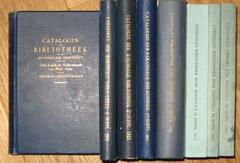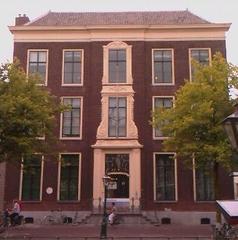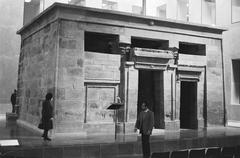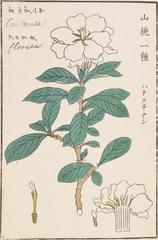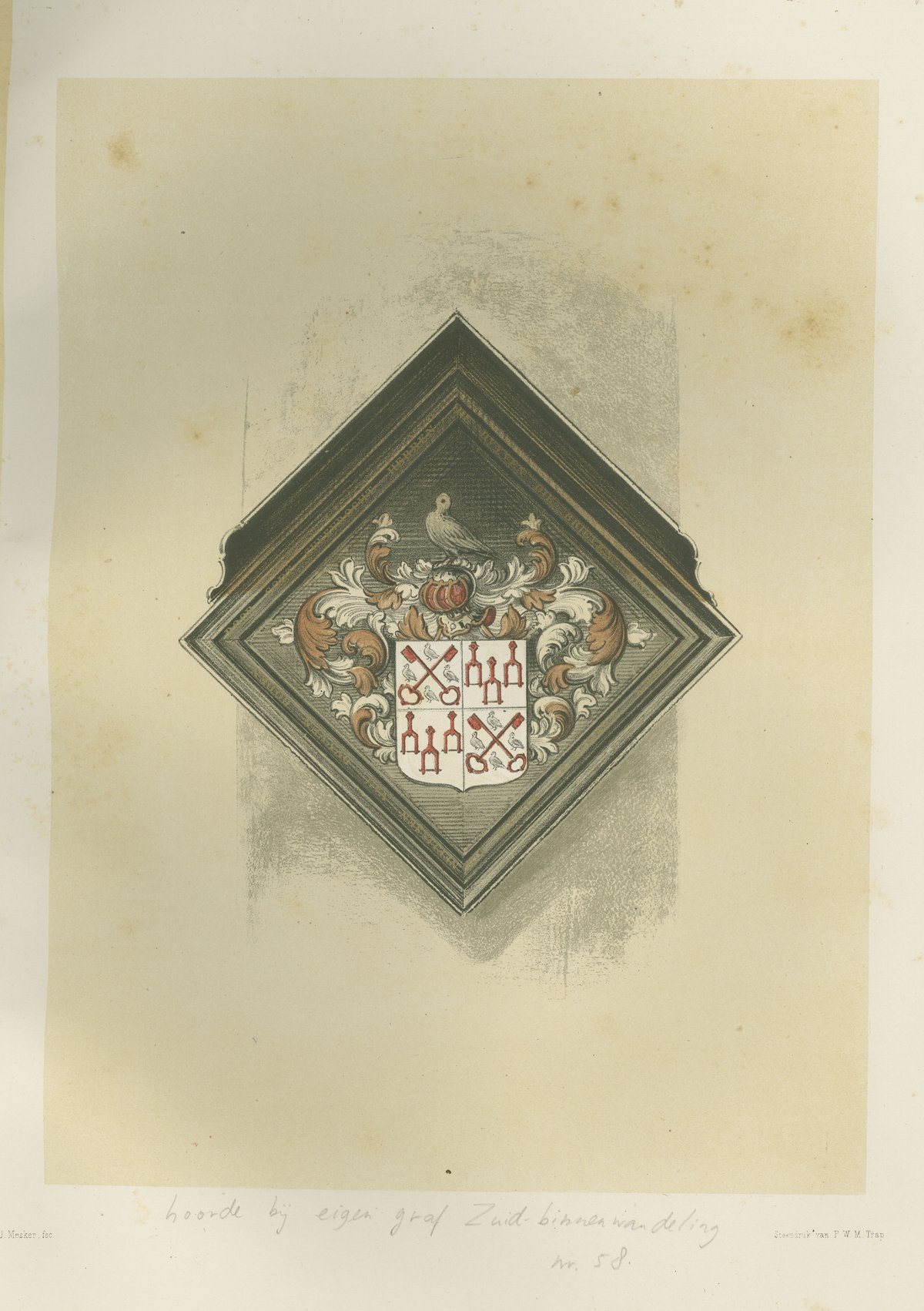
Pieterskerk Leiden Visiting Hours, Tickets, and Historical Site Guide
Date: 14/06/2025
Introduction
Nestled in the heart of Leiden, the Pieterskerk stands as a monumental testament to nearly nine centuries of Dutch history, religious transformation, and cultural vitality. Originally founded around 1100 as a county chapel, it evolved into a majestic late-Gothic church, reflecting Leiden’s medieval prosperity and architectural ambition. The church’s dedication to Saint Peter, the patron saint symbolized by the two keys in Leiden’s coat of arms, underscores its spiritual and civic significance (Wikipedia; Sacred Destinations; Leiden Convention Bureau).
Pieterskerk has witnessed profound historical shifts, including its transformation during the Reformation from a Catholic church to a Protestant place of worship. It is particularly renowned for its connection to the Pilgrim Fathers, serving as their spiritual home during their refuge in Leiden between 1609 and 1620, with John Robinson, their pastor, interred within its walls—a connection that continues to attract visitors from the United States and beyond (Pieterskerk Pilgrims Exhibition).
Today, Pieterskerk is a vibrant cultural venue hosting concerts, exhibitions, and academic ceremonies, while its architectural grandeur and rich artistic heritage captivate visitors from around the world. This guide provides essential information on visiting hours, ticketing, accessibility, and nearby attractions, helping travelers experience Pieterskerk’s unique blend of history, culture, and community (Pieterskerk official website; Lonely Planet).
Early Foundations and Medieval Development
The earliest structure on the site was a county chapel established around 1100, rebuilt in 1121. The present Gothic church, dedicated to Saint Peter, began construction in 1390 and was completed over nearly two centuries (Wikipedia; Wanderlustingk). The church’s evolution mirrors the growth of Leiden as a major trade and textile center. Though its original tower collapsed in the 1500s, Pieterskerk remained a dominant landmark.
Religious Transformations and the Reformation
Originally Catholic, the church was deeply affected by the religious upheavals of the 16th century. After the Protestant Reformation reached Leiden, the church was looted in 1572 and subsequently converted for Protestant worship. The Beeldenstorm (Iconoclastic Fury) led to the destruction of much religious art and stained glass (Wikipedia; Wanderlustingk). The church’s transition reflects Leiden’s role as a center of religious debate and tolerance.
The Pilgrim Fathers and Leiden as a City of Refuge
Between 1609 and 1620, the Pilgrim Fathers, fleeing religious persecution in England, found refuge in Leiden, integrating into local society and using Pieterskerk as their spiritual home. John Robinson, their pastor, remained in Leiden when the Pilgrims departed for America and is buried in the church (Pieterskerk Pilgrims Exhibition). This connection is commemorated through exhibitions and annual Thanksgiving services.
Burials and Notable Figures
Many prominent figures are interred within Pieterskerk:
- John Robinson: Pastor of the Pilgrims (Pieterskerk Pilgrims Exhibition)
- Jan Steen: Dutch Golden Age painter (Wikipedia)
- Herman Boerhaave: Physician and professor
- Willebrord Snellius: Mathematician and astronomer
- Jacobus Arminius: Theologian
These burials highlight the church’s role in Leiden’s intellectual, artistic, and religious life.
Architectural Features and Artistic Heritage
Pieterskerk is a stunning example of late-Gothic Dutch architecture. The soaring nave, ribbed vaults, and intricate stonework reflect medieval craftsmanship. The church’s windows, once filled with stained glass, were destroyed in the 1807 gunpowder explosion and later restored (Wikipedia). The main organ, with pipes dating to 1446, is a highlight of the musical tradition (Pieterskerk Events). Numerous grave monuments by local sculptors provide a glimpse into Leiden’s artistic heritage.
Modern Era: Deconsecration, Restoration, and New Functions
Deconsecrated in 1971, Pieterskerk has since functioned as a cultural and event space, managed by a dedicated foundation. Restoration projects from 2001 to 2010 have preserved its structure and revealed historical artifacts (Pieterskerk Research). Today, the church hosts major events, including academic ceremonies and concerts (Pieterskerk Events).
Ongoing Research and Preservation
The Pieterskerk Leiden Foundation works with research institutions and the Dutch Cultural Heritage Agency to ensure ongoing study and preservation (Pieterskerk Research). Restoration and maintenance are informed by scientific research, and the foundation is recognized for best practices in digital management and sustainability.
Pieterskerk in Leiden’s Urban and Cultural Landscape
Pieterskerk is more than a religious site; it is integral to Leiden’s civic, academic, and cultural life. Its proximity to Leiden University and use for academic events underscores its ongoing relevance. The church’s story is intertwined with Leiden’s own, providing a living window into the city’s layered history (Pieterskerk Events).
Visiting Pieterskerk Leiden: Practical Information
Visiting Hours: Generally open from 10:00 AM to 5:00 PM daily, with variations during special events or holidays. Always confirm on the official website.
Tickets and Admission: Entry is usually free; donations are encouraged to support preservation.
Guided Tours: Available upon request; booking in advance is recommended for a deeper exploration.
Accessibility: The church is accessible to visitors with mobility challenges, with ramps and assistance available.
Nearby Attractions: Visit the Leiden University Botanical Garden, National Museum of Antiquities, and stroll the picturesque canals nearby.
Visuals and Media Recommendations
For a richer experience, explore photos of the church’s architecture and exhibitions. Virtual tours and interactive maps are available on the official website, enhancing remote exploration and pre-visit planning.
Pieterskerk as a Cultural and Social Hub
Pieterskerk has adapted from its origins as a Catholic church to a vibrant center for community, culture, and academia (Pieterskerk Leiden). Major university ceremonies and city events are held here, and the church hosts concerts, exhibitions, and festivals throughout the year (Pieterskerk Agenda). Its role as a gathering place for both locals and international visitors makes it central to Leiden’s identity (Pieterskerk in de pers).
Accessibility and Visitor Information
- Opening Hours: 10:00 AM to 5:00 PM daily, but check the agenda for updates.
- Tickets: Many events and general admission are free or low-cost; some special events require tickets.
- Accessibility: Wheelchair accessible with ramps and accessible restrooms.
- Travel Tips: Arrive early for a quieter experience; photography is permitted in most areas. Pieterskerk is a short walk from Leiden Central Station.
Nearby Attractions
- Burcht van Leiden: Ancient fortification with panoramic city views.
- Museum Volkenkunde: Ethnographic museum.
- Leiden International Sculpture Route: Walking trail with contemporary sculptures.
Frequently Asked Questions (FAQ)
Q: What are the Pieterskerk Leiden visiting hours?
A: Typically 10:00 AM to 5:00 PM daily. Check the official website for updates.
Q: Is there an entrance fee or ticket required?
A: Entry is usually free; some events may require tickets.
Q: Are guided tours available?
A: Yes, guided tours can be booked in advance.
Q: Is Pieterskerk accessible for visitors with disabilities?
A: Yes, the church is wheelchair accessible.
Ongoing Restoration and Sustainability
Pieterskerk is recognized for its sustainability initiatives, including Green Key certification, and continues restoration projects to preserve its heritage (Pieterskerk in de pers).
Recommendations for Your Visit
- Allocate at least 45–60 minutes to explore.
- Combine your visit with other Leiden sites and local cafés.
- Attend a concert or special event for a unique experience.
- Enhance your visit with the Audiala app for guided tours.
Summary
Pieterskerk Leiden is a living monument, weaving together centuries of Dutch history, architecture, and culture. Its accessibility, dynamic programming, and central location make it a must-visit for anyone interested in Leiden’s heritage (Explore Leiden; Lonely Planet). Stay updated via the official Pieterskerk website and enhance your experience with interactive tools like the Audiala app.
References and Further Reading
- Pieterskerk, Leiden, Wikipedia
- Pieterskerk Pilgrims Exhibition History
- Pieterskerk Events and Agenda
- Sacred Destinations: Pieterskerk, Leiden
- Wanderlustingk: Pilgrims and Pieterskerk Leiden
- Explore Leiden: Pieterskerk Guide
- Leiden Convention Bureau: Pieterskerk Venue Info
- Lonely Planet: Pieterskerk Leiden
- Pieterskerk Research and Preservation
